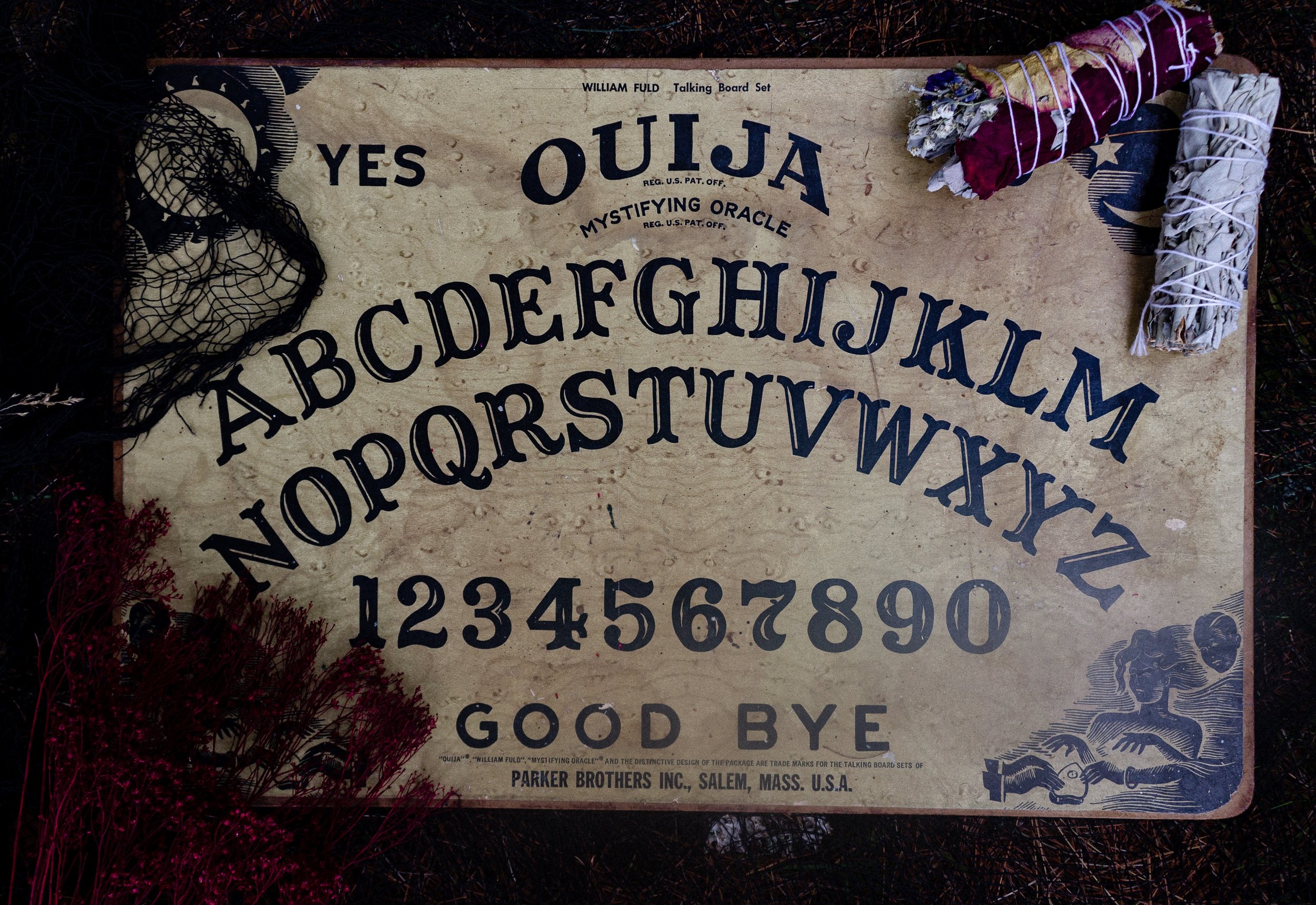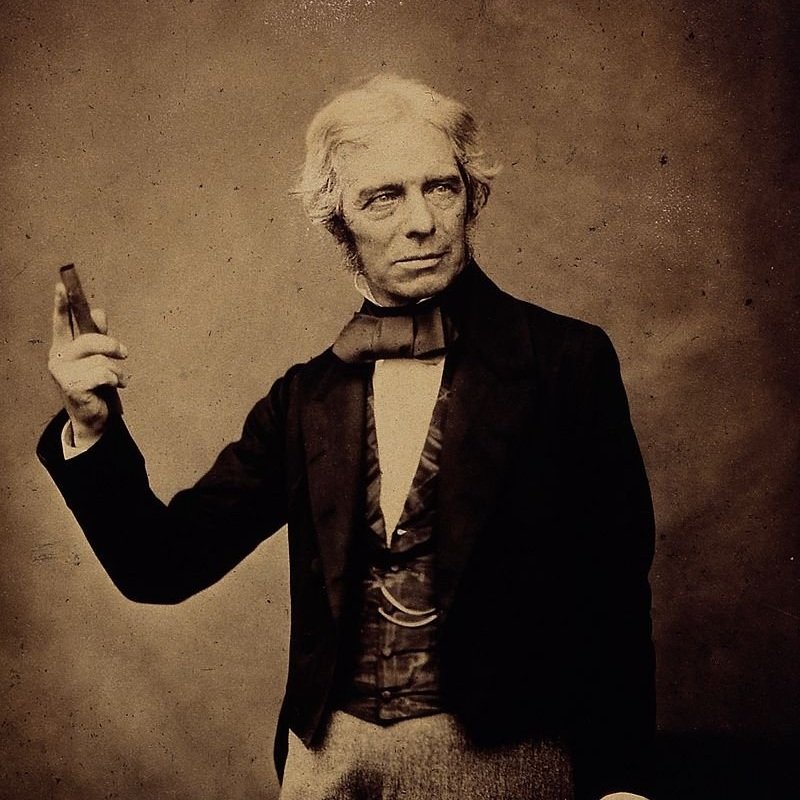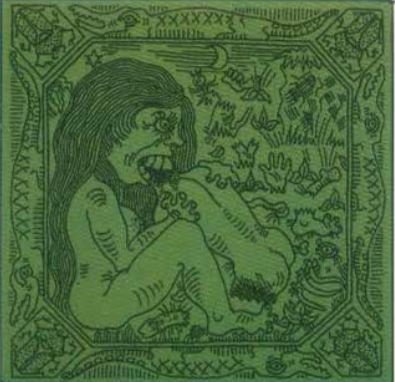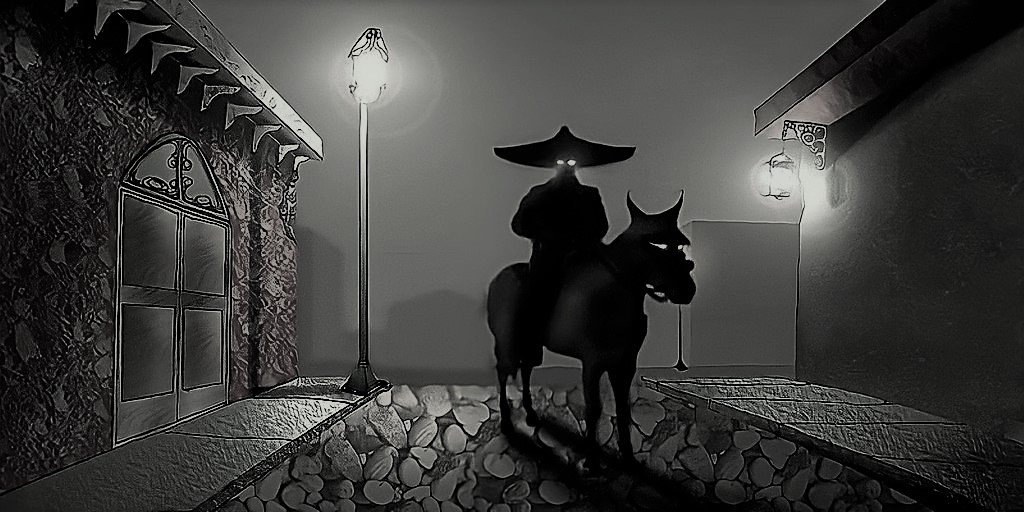The Facts on How Ouija Boards Work
We’ve all seen Ouija boards whether it was in toy stores or in horror movies mainly because characters aren’t always smart. Plus something has to antagonize the evil spirit to get the movie started. But how do these boards actually work and could it really be ghosts and demons talking to us?
“What's the worst that can happen?” - Every character at the start of a horror movie
No, it’s not ghosts or demons. It’s actually us, we’re doing it ourselves and in fact, the answer to how it works was discovered well before the first Ouija board even came on the market.
Around the mid-19th century, there was a rise in spiritualism across the United States and other English-speaking countries. You could find psychics and spiritualists all overcharging you to tell you your fortune, read your aura, and even speak with the dead… for a small fee of course.
If you’re familiar with the spiritualism movement and the psychics that toured the country, you most likely know they were frauds and many were outed by people like Harry Houdini who despised these charlatans.
Yet even after many were discovered to be frauds or even admitted themselves to lying, they still drew in crowds of believers as they continued to tour.
“Yes I know I’ve lied and cheated you but I still need your money.”
One of the tricks these ‘psychics’ used to communicate with the dead was called table-turning, which involved a group of people placing their fingertips on a thin long table as the psychic called on a spirit.
After some time, and sometimes with a little secret push, the table began to move! It would spin or tilt on its sides all the while the psychic claimed it was the spirit making contact and causing the table to move.
Many of those who set out to disprove psychics had a hard time trying to find the explanation for how this works, that is until scientist Michael Faraday showed up on the scene.
“I’m ready to fuck up a psychic’s day.”
Michael Faraday saw this trick being performed, heard the psychic say it was a spirit’s doing, probably said something along the lines of “No fucking way” and then set off to disprove it. He had an inkling the movement might be caused unknowingly and unwittingly by the participants of the séance but he had to devise an experiment to prove it.
He placed glass rollers between two wooden boards on a table and had the participants place their hands on the top board. If a spirit was truly moving the table then the entire contraption and table would move at the same time. If the participants were moving the table then the boards would move first before the table.
To the surprise of those in attendance, except for Faraday who, I hope, yelled “I told you so!”, the boards moved first. Those at the séance denied trying to move the boards and this told Faraday the action was subconscious.
This subconscious movement eventually became known as the ideomotor response after it was coined by physiologist William Benjamin Carpenter.
Unfortunately back then there wasn’t instant access to scientific answers to questions like today, so when the Ouija board came onto the scene in the late 1880s and people asked, “How does this work?” It was fine to say, “uhh ghosts?”
“Ghosts? Yes, sounds legit.”
In reality, what’s happening when you or several people play with an Ouija board is the ideomotor response. Because you expect something to happen your muscles reflexively and subconsciously move or ‘jerk’ causing you to move the planchette, meanwhile you and your friends think it's a ghost doing it.
If you want to test it out you can have your friends blindfold themselves and use the Ouija board after you turn it 180 degrees.
Since they can no longer see the letters on the board, their subconscious no longer knows where the letters are and the planchette will move around to random letters. If it was actually a demon or spirit moving the planchette your friends shouldn’t need to see the letters.
Yes, ‘KZADAD’ definitely a demon… I think.
So the next time your friends want you to use an Ouija board, you can pull up this page and tell them it’s all fake. Sure they’ll tell you you’re a party pooper but at least you won’t be a possessed party pooper.
Quick Facts on Ouija Boards
Contrary to popular belief the name Ouija does not come from a combination of the French and German words for ‘Yes’; oui, and ja respectively.
The name was given to the board by one of the investor’s sister-in-law possibly as a reference to famous novelist Maria Louise de la Ramee who used the pseudonym, “Ouida”.
Ideomotor response is also known as the ideomotor phenomenon and ideomotor reflex
The ideomotor response is also to blame for dowsing rods and pendulum swinging
Sources
Michael Faraday Image Credit: CC BY 4.0 , via Wikimedia Commons

















